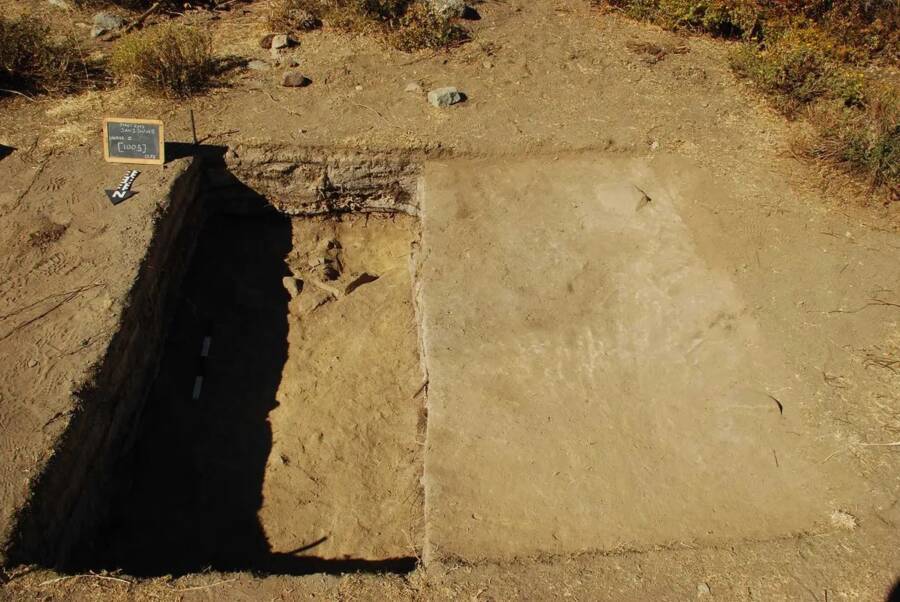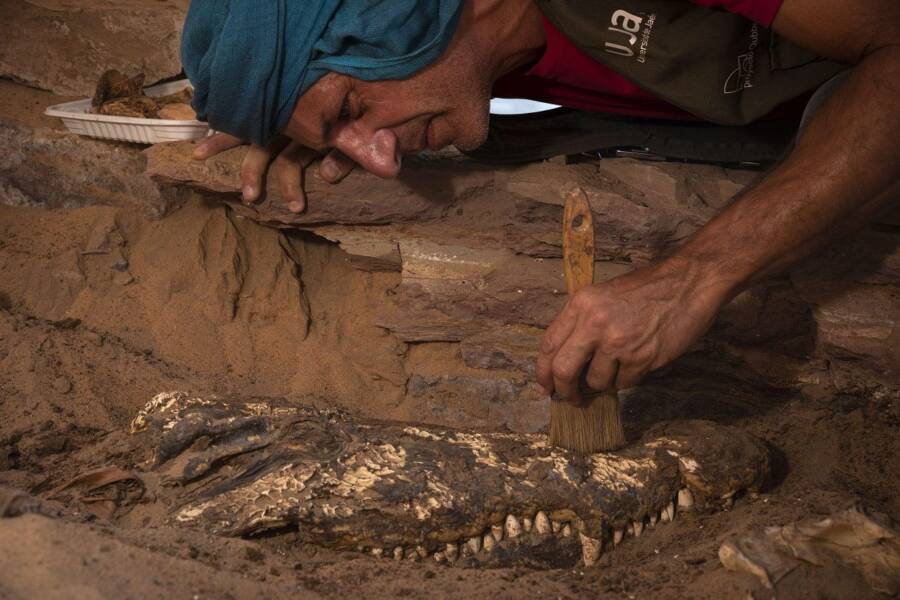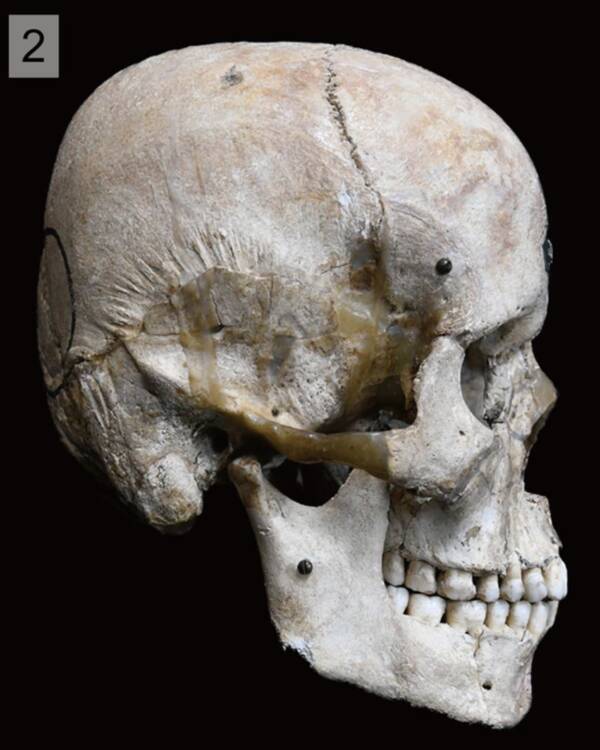The ‘Open Air Dance Floor’ Unearthed In Peru
Perhaps the most evocative archaeological discovery on this list comes out of Peru. There, archaeologists discovered an open-air dance floor that may have been used by ancient people to mimic the sounds of thunder, perhaps to worship a thunder god.

ORP-PIACI Project
The dance floor was likely once the site of spirited stomping, which would have mimicked the sounds of thunder.
Discovered at the Viejo Sangayaico site, roughly 125 miles southeast of Lima, the dance floor was designed so that it would make drum noises when stomped upon. It was likely constructed between 1000 and 1400 C.E., at a time when Andean cultures worshiped various gods connected to lightning, rain, and thunder.
Built on top of an open-air platform, the dance floor may have once been at the site of an Incan temple dedicated to a lightning deity. Researchers believe that as worshippers danced, they would have probably been accompanied by Andean wind instruments.
10 Crocodile Mummies Found In A Egyptian Necropolis

Patricia Mora RiudavetsArchaeologists found 10 crocodile mummies in the tomb.
While excavating a fourth-century necropolis in Qubbat al-Hawā in southern Egypt, archaeologists came across a stunning find: a tomb of 10 crocodile mummies. Though archaeologists have documented almost two dozen instances of burial sites with crocodile mummies, they called this discovery of 10 crocodile mummies together “extraordinary.”
As History Daily reports, the tomb contained five partially complete mummified crocodile skeletons and five mummified crocodile skulls. They seem to date to before 304 B.C.E and were likely connected to the Egyptian god Sobek, who is depicted as a human with a crocodile head.
Sobek was associated with pharaonic power, fertility, and military might, as well as protection against evil and the dangers posed by the Nile River.
Answers — And Questions — About The Deformed Skulls Of Japan’s Hirota People
The last archaeological news story on this list has to do with the Hirota people of Japan. Their deformed skulls have long mystified researchers, but a new study has suggested that this ancient society engaged in artificial cranial deformation (ACD), or intentional deformation of their skulls.

PLOS ONEOne of the Hirota skulls, which shows signs of intentional deformation.
To determine this, biological anthropologists and archaeologists compared the Hirota skulls with the skulls of other groups who also lived in Japan between the third and seventh centuries C.E. They found that the Hirota skulls were the only ones that were deformed and that their deformations had not occurred naturally.
That said, researchers are not sure why the Hirota people engaged in this intentional deformation. It’s possible that it had to do with group identity or provided a way for other cultures to identify them as they traveled long distances to trade shellfish.
After looking through some of the biggest archaeology news stories of 2023, look through these fun history facts that prove how cool history can be. Or, look through these 99 colorized photos which breathe new life into the past.





